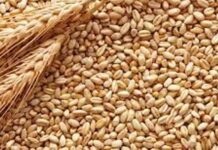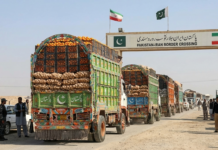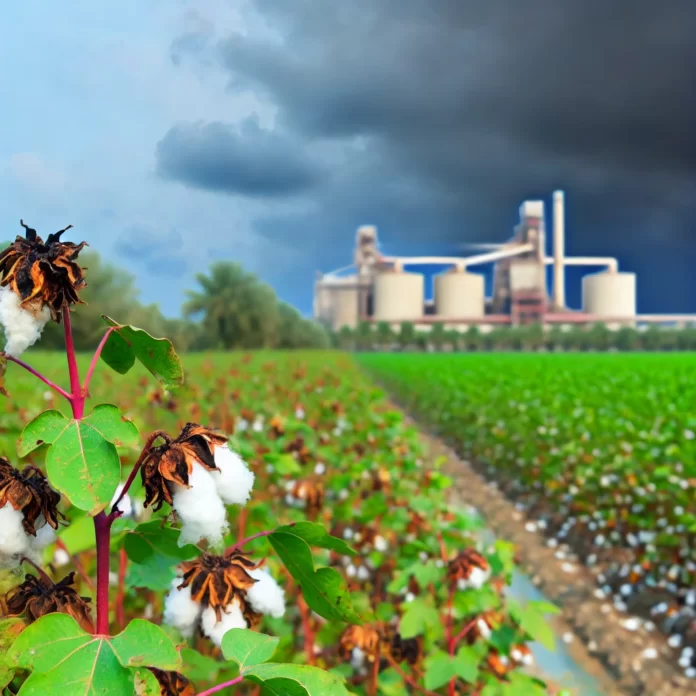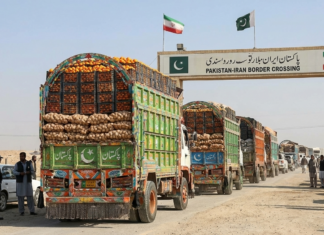Pakistan’s cotton industry continues to face a deepening crisis, with total production plummeting by 48pc compared to the same period last year, according to the latest data from the Pakistan Cotton Ginners Association (PCGA). As of mid-October, ginning factories received 3.1mn bales, down from nearly 6mn bales by this time in 2023, underscoring the severe challenges the sector faces.
Despite the sharp overall decline, the first fortnight of October 2024 saw a surprising 9pc rise in cotton supply to ginning factories, with 1.06mn bales delivered compared to 0.97mn in the same period last year. This short-term increase led to the reactivation of 184 additional ginning units, bringing the total number of operational factories to 536. However, this positive momentum is far from enough to reverse the steep downturn in annual production.
Provincially, the crisis is stark. Punjab has reported a 53pc drop in cotton production, while Sindh saw a 45pc decline compared to last year. Textile mills, which require 15-16mn bales annually to meet domestic and international demand, have been forced to increase imports, with millers predicting the need to bring in 6mn bales from abroad.
The cotton industry, which has already been battling lower profitability, is also contending with the growing preference for competing crops like sugarcane and maize. Farmers are struggling without a support price or subsidies, leaving them vulnerable to market manipulation by middlemen. Compounding these economic challenges are climate-related impacts, such as extreme weather conditions, pests, and inadequate investment in research to tackle these issues.
Efforts are underway to revive cotton production for the next season. Dr. Jassu Mal Leemani, Chairman of the PCGA, is spearheading talks with stakeholders to formulate strategies for the 2025 cotton crop. However, the long-term outlook remains uncertain, as Pakistan’s cotton industry faces mounting obstacles, both in terms of productivity and profitability.






















